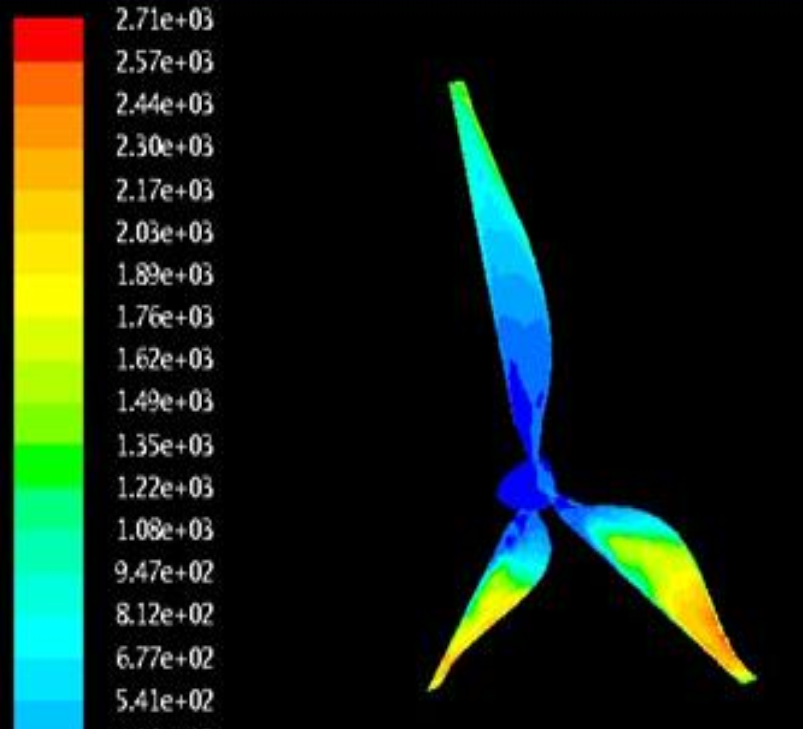Scopus: weblink
Google Scholar: weblink
Research Gate: weblink
Web of Science weblink
Turbulence is a phenomenon in nature comprising of complex eddy structures which can greatly improve heat and mass transfer. The simplistic approach for the computation of turbulent flows is to compute them by Reynolds Averaged Navier-Stokes (RANS) equations based models. But due to the averaging procedure, the inherent unsteadiness of the flow is compromised. On the other hand, Direct Numerical Simulation (DNS) is the best approach for turbulent flow computations, in which no modeling assumptions are invoked and turbulent eddies as small as of the order of Kolmogorov scale are computed. The middle approach between these extremes is the Large Eddy Simulation (LES), in which part of the turbulence is modeled and rest is computed. However, the computational costs and memory requirement are still too large to take it as a general purpose engineering design tool.
